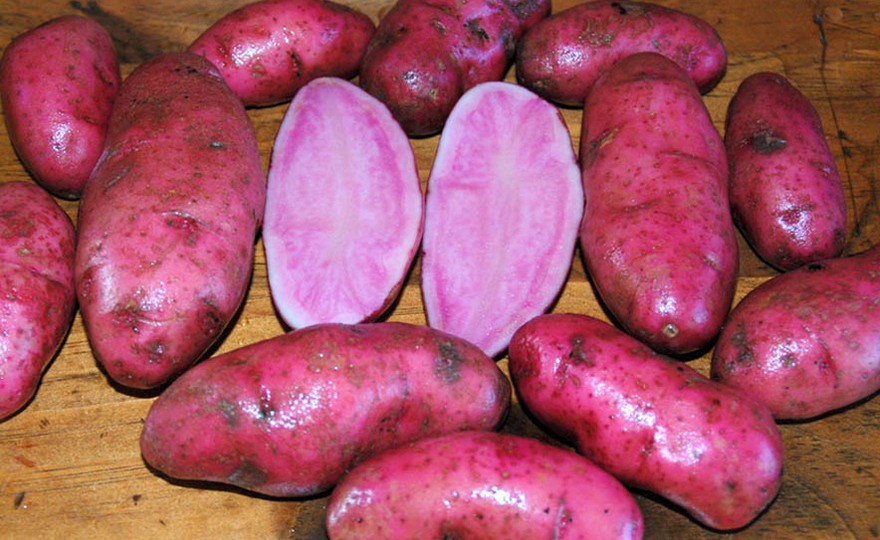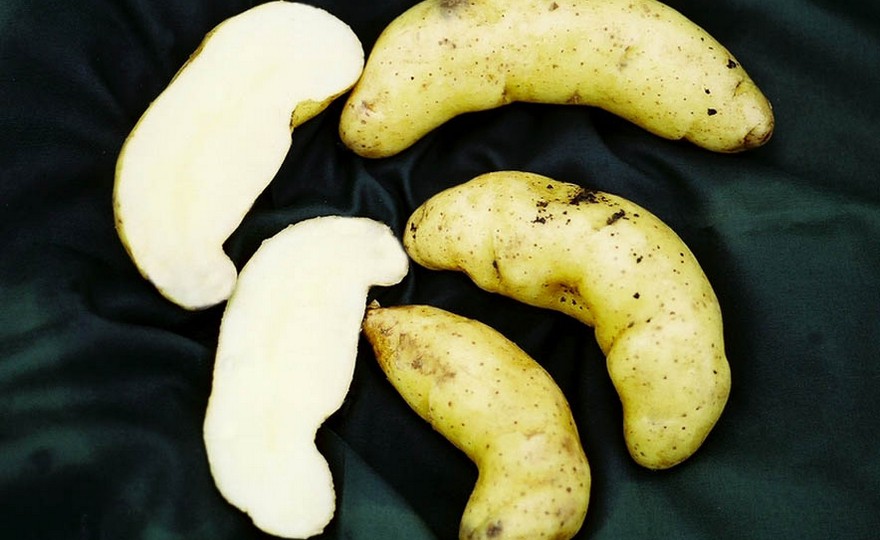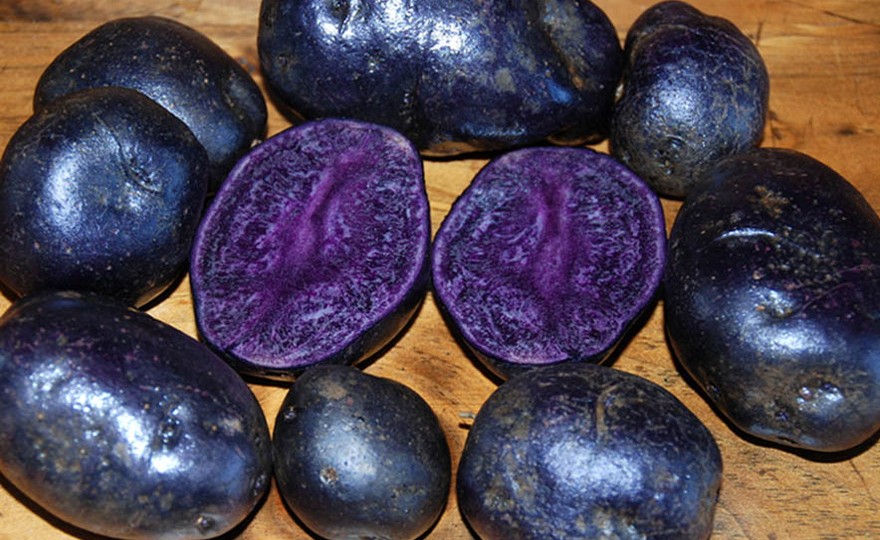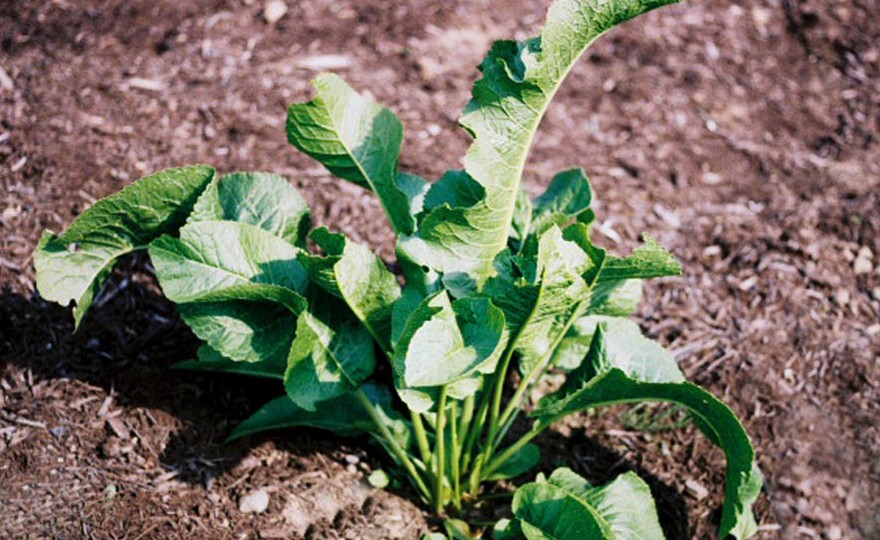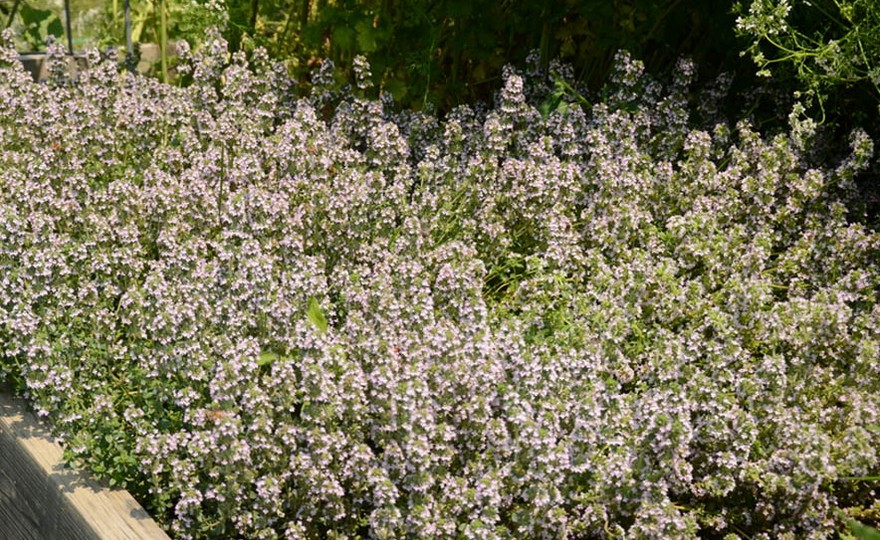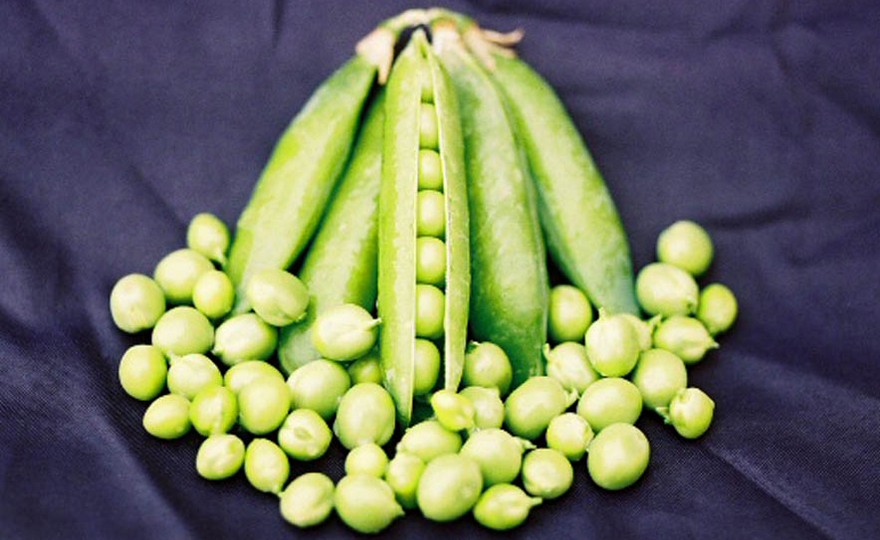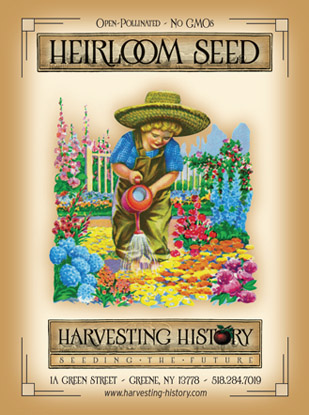
Fingerling Potato-Ama Rosa-1 Lb
-
- **SOLD OUT** HOLIDAY GIFTS **SOLD OUT**
- **SOLD OUT** Holiday Books **SOLD OUT**
- **SOLD OUT** Holiday Citrus **SOLD OUT**
- **SOLD OUT** Holiday Gift Certificates **SOLD OUT**
- **SOLD OUT** Holiday Paperwhites **SOLD OUT**
- **SOLD OUT** Holiday Praying Mantis Kits **SOLD OUT**
- **SOLD OUT** Holiday Tools **SOLD OUT**
- **SOLD OUT** Holiday Wildflower Mixtures **SOLD OUT**
- Citrus Trees
- **SOLD OUT** - Vegetable and Herb Plants - Mix & Match any 6 Plants for $50 - Only Shipped in Quantities of 6
- Elephant Ear Plants & Roots
- **SOLD OUT** 4-Inch Pot Herb Plants **SOLD OUT**
- Rare Plants
- **SOLD OUT** Vining Plants **SOLD OUT**
- Asian Seeds
- Beneficial Bugs
- Books
- Citrus Fertilizers
- Cold-Treated Bulbs - SEE BULBS FOR FALL PLANTING TO ORDER
- Cold-Treated Allium
- Cold-Treated Chionodoxa
- Cold-Treated Crocus
- Cold-Treated Hyacinthoides
- Cold-Treated Hyacinthus Orientalis
- Cold-Treated Narcissus
- Cold-Treated Cyclamineus Narcissus
- Cold-Treated Double Heirloom Narcissus
- Cold-Treated Jonquilla Narcissus
- Cold-Treated Large Cupped Narcissus
- Cold-Treated Poeticus Narcissus
- Cold-Treated Small Cupped Narcissus
- Cold-Treated Species Miniature Narcissus
- Cold-Treated Split Cupped Narcissus
- Cold-Treated Tazetta Narcissus
- Cold-Treated Triandus Narcissus
- Cold-Treated Trumpet Daffodils
- Cold-Treated Ornithogalum
- Cold-Treated Rock Garden Iris
- Cold-Treated Scilla
- Cold-Treated Tulips
- Cold-Treated Emperor Tulips
- Cold-Treated Fringed Tulips
- Cold-Treated Green or Viridiflora Tulips
- Cold-Treated Lily Flowering Tulips
- Cold-Treated Parrot Tulips
- Cold-Treated Peony Flowering Tulips
- Cold-Treated Single Early Tulips
- Cold-Treated Single Late Tulips
- Cold-Treated Species Tulips
- Cold-Treated Triumph Tulips
- Flower Bulbs, Corms and Tubers
- Bulbs for Spring Planting
- Bulbs for Fall Planting - ALL BULBS AVAILABLE ARE COLD TREATED FOR PLANTING AS SOON AS SOIL CAN BE WORKED
- Fall Blooming Bulbs
- Garden Tools & Equipment
- Gift Certificates
- HHH Exclusive Wildflower Mixtures
- Wildflower Mixtures
- Heirloom Garlic
- Potatoes
- Roots & Sets
- Seeds
- Flowers
- Herbs
- Vegetables
- **SOLD OUT** HOLIDAY GIFTS **SOLD OUT**
-
- No products to compare
-
26 in stock
Quick Overview
FINGERLING POTATO, Amarosa – Solanum tuberosum
Harvesting History will begin shipping potatoes in February, WEATHER PERMITTING. We CANNOT SHIP POTATOES to the areas EAST of the Mississippi unless we have 3 DAYS with above freezing temperatures. We CANNOT SHIP POTATOES to areas WEST of the Mississippi unless we have 5 DAYS with temperatures above freezing. We CAN SHIP to the Southeastern US and Southern California in December.
FULL SUN Amarosa fingerling potatoes are a new variety that was released in 2010 are small in size and are oblong and slender in shape. The thin skin is smooth with a deep red to burgundy coloring with some brown spots and patches. There are also a few, shallow eyes and lumps scattered across the surface. The flesh is firm, dense, and marbled with light pink and red. When cooked, Amarosa fingerling potatoes have a velvety texture with a sweet and creamy flavor.
The Amarosa fingerling potato was developed by the Tri-State Potato Breeding Program in Oregon and began with a cross made in 2000. The AmaRosa cultivar went through years of trials and had to undergo a strict evaluation system in Oregon, Washington, and Idaho before being released in 2010.
Amarosa fingerling potatoes are high in potassium, iron, antioxidants, and vitamins C and B6. Amarosa fingerling potatoes are best suited for cooked applications such as boiling, baking, roasting, sautéing, and grilling.
| Type | Spacing | Planting Depth | Days to Germination | Maturity |
| Fingerling | 10 in. | 15 in. | 14-21 | 100-120 |

Fingerling Potato-Amarosa
One of the most important food crops to learn to grow is the potato. Potatoes are the third most important food crop produced today after rice and wheat, but the most important food crop in terms of sustainability and feeding a world population that is exploding in numbers.
An acre of potatoes can produce 2-4 times the food quantity of grain crops, and potato plants are extraordinarily efficient consumers of water. Potatoes are up to 7 times more efficient in using water than any other grain crop and produce more food per unit of water than any other major food crop.
Potato plants are highly adaptable. They are grown all over this planet from sea level to 13,000 feet and from southern Chile to Greenland.
Potatoes are members of the Nightshade family of plants which also include the Tomato and the Eggplant. The potato is native to the coastal and Andes mountain regions of Chile, Peru and Ecuador. Interestingly, their native habitat is almost identical to that of tomatoes.
Archaeologists believe that the potato was being cultivated by pre-Columbian farmers as early as 6000 B.C. Remains of potatoes have been found at Incan burial sites which date to 500 B.C.
Today there are 151 known wild species of potatoes that are native from Southern Chile to the Southwestern United States. Most of these wild species are concentrated in Peru and Bolivia with the largest number of diverse populations found in the Lake Titicaca region of Peru and Bolivia. The wild species grow in diverse soil conditions from dry desert to the valleys of the Andean Mountains.
The wild species are inedible, but they are genetically very diverse, unlike our cultivated potatoes which have been propagated vegetatively for more than a century. (Vegetative propagation is a form of cloning. The potato tubers we consume are genetically identical.) The genetic diversity of the wild species is proving to be invaluable and is being used in plant breeding programs to produce more nutritious and disease resistant cultivars.
In 1540, the potato was discovered by Spanish sailors who eventually introduced the plant into Europe around 1560. The potato was not popular in the United States until the mid-19th century. Many people thought that the tubers were poisonous and others did not like the yellowish color of the flesh. In 1811, The D. Landreth Seed Company introduced a potato with white flesh, and this potato gradually gained acceptance. Today, the potato is one of the most popular vegetables known. It has been accepted by most of the cultures on earth as a staple of their diets.
The fingerling potatoes are long, finger-shaped potatoes. They are thought to be some of the most ancient varieties. Like many of our potatoes they are indigenous to the valleys of the Peruvian Andes. In the 1800s, the French began to develop fingerling varieties, and it was from European immigrants that the fingerlings were introduced into North America.
There are a few standout features that belong uniquely to fingerlings. First, and probably most important, is the fact that they are the best storing members of the potato family. They will last 6-8 weeks longer than other potatoes. Second, they make the best roasted potatoes. This can, most likely, be attributed to their long, narrow shape which absorbs heat and thus cooks uniformly.
Amarosa fingerling potatoes are a new variety that was released in 2010 are small in size and are oblong and slender in shape. The thin skin is smooth with a deep red to burgundy coloring with some brown spots and patches. There are also a few, shallow eyes and lumps scattered across the surface. The flesh is firm, dense, and marbled with light pink and red. When cooked, Amarosa fingerling potatoes have a velvety texture with a sweet and creamy flavor.
The Amarosa fingerling potato was developed by the Tri-State Potato Breeding Program in Oregon and began with a cross made in 2000. To meet the competitive nature of the industry, the Amarosa fingerling potato was created and then licensed to the Potato Variety Management Institute, a nonprofit organization that works with the Tri-State breeding program. This license gives breeders up to twenty-five years of exclusive propagation control under the Plant Variety Protection statute and prevents varieties such as the Amarosa fingerling from being overproduced and saturated in the market. The AmaRosa cultivar went through years of trials and had to undergo a strict evaluation system in Oregon, Washington, and Idaho before being released in 2010.
Amarosa fingerling potatoes are high in potassium, iron, antioxidants, and vitamins C and B6. Amarosa fingerling potatoes are best suited for cooked applications such as boiling, baking, roasting, sautéing, and grilling. The Amarosa potato’s brilliant pink shade holds up beautifully when cooked and can be cubed and roasted, made into potato chips, or roasted and smashed. Amarosa fingerling potatoes can only be found at specialty markets across the United States.
Plant potatoes 1-4 weeks before the last spring frost. Potatoes like cool weather but will rot in excessively cold, wet weather. Cut the potatoes into chunks with 2-3 eyes per chunk. Allow the chunks to dry for 24-48 hours. Dig a trench 10-15 in. deep and 4 in. wide. Trenches should be 30-36 in. apart. Place the chunks in the trench – 10 in. between chunks. Cover with 2-3 in. of soil. As the plants emerge cover them with soil until the trench is filled. Potato plants do not need fertilizer or rich soil, but can be fertilized with fish emulsion before flowering. Do not fertilize once the plant has begun to flower.
Harvest ‘new potatoes’ 2 weeks after the flowers have died by digging up the plants. Begin to harvest mature potatoes 2 weeks after the plant has died back in the fall. Continue to harvest until the ground freezes.

